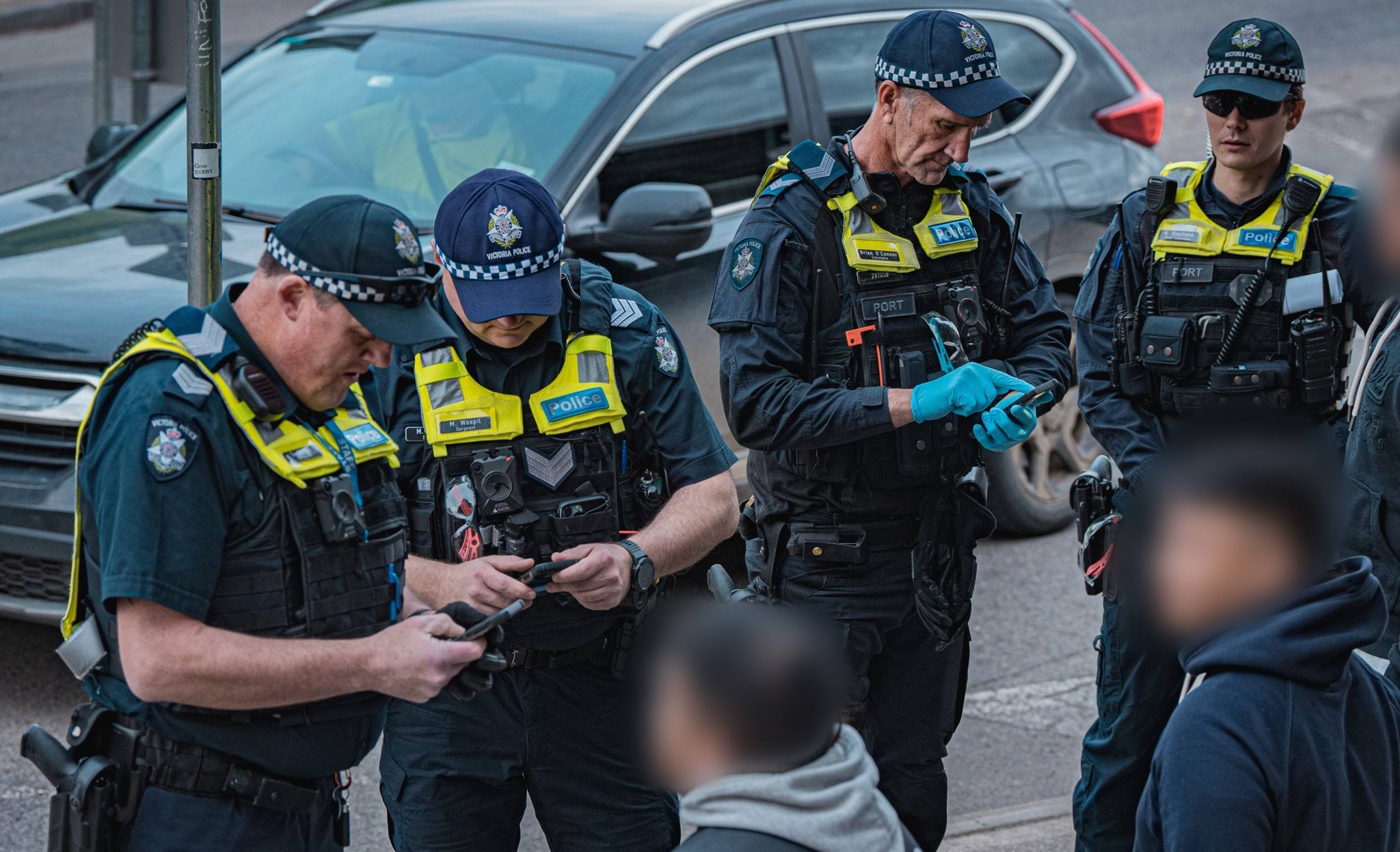How we organise ourselves is crucial in responding appropriately to gangs and reducing their harm.
We must take a holistic view in responding to youth gangs – what may appear to be anti-social behaviour or opportunistic offending can sometimes be a precursor to a rapid escalation into serious criminal activity.
To successfully intervene, we must proactively identify areas of increasing harm, promote inter and intra-agency cooperation and deploy our resources to where they are most needed.
When offending does occur, we will be quick to respond and will work together to identify and hold perpetrators to account.
Police interventions will be informed by the young person’s age, their behaviours, legislative options, and the availability of appropriate alternative services from other agencies.
State-wide response to gangs
The Victoria Police Crime Command conducts high-level specialist investigations to detect, disrupt and prevent serious and organised crime.
Informed by the Serious and Organised Crime (SOC) strategy, Crime Command will maintain primacy over offences committed by youth gangs which are classed as Category 1 criminal matters involving consistent or organised criminal activity. This includes homicide and non-fatal shootings while targeting organised crime groups at a state level.
Local response to gangs
Local police resources investigate serious and violent criminal offences committed by youth gangs, classed as Category 2 and 3. These incidents range from aggravated burglaries, robberies, stabbings, carjackings, swarming and vehicle crime.
Local police also have primacy of the proactive management and intervention of youth gangs and individual youth gang members.
In partnership with community stakeholders, local police provide a coordinated proactive response to divert young people away from gang activity and effectively dismantle criminal networks.
Tasking and coordination
A tasking and coordination process brings together local investigative units, Crime Command and Intelligence and Covert Support Command to allocate tasks and coordinate a response to reduce gang crime.
The tasking and coordination process supports the cohesive and integrated response of local and state-wide resources to share intelligence, determine operational priorities and identify opportunities.
By actively managing youth gang members, we have the opportunity to disrupt and deter their offending by connecting them with support services, as well as holding them accountable for their crimes.
Detective Sergeant, Regional Operations
The accordions below detail the different stages of youth gang-related offending, the relative harm caused and how Victoria Police will respond.
Continuum of offending
Updated
